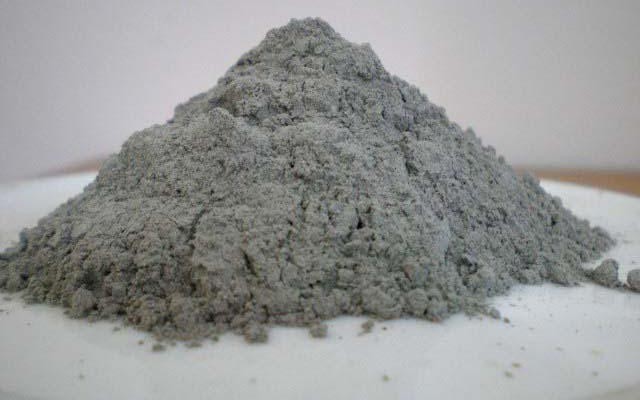Fly ash is a byproduct that forms when coal is burned in thermal power plants. The most common use of fly ash is as a partial replacement for Portland cement. Normally, the replacement rate is between 20% and 30%, but can be as high as 50%. Concrete made from fly ash has increased strength, durability, and load carrying capacity. It is also less prone to chemical attacks and reduces the negative impact of harmful aggregates. Concrete made from fly ash is easy to work with due to its spherical shape. The use of fly ash also reduces the heat of hydration, shrinkage, and permeability. Concrete made from fly ash is used in buildings, highways, tunnels, and bridges for stronger construction. According to MarketsandMarkets, The global fly ash market to grow from USD 3.4 billion in 2018 to USD 5.7 billion by 2027, at a Compound Annual Growth Rate (CAGR) of 6.0% during the forecast period.
Download PDF Brochure: https://www.marketsandmarkets.com/pdfdownloadNew.asp?id=76345803
Fly ash, a byproduct of coal combustion, finds versatile applications in construction as a supplementary cementitious material, enhancing concrete strength and durability while reducing environmental impact. It is also utilized in infrastructure projects for stabilization, road base, and embankments. In agriculture, it improves soil fertility and reduces erosion. Moreover, fly ash is employed in manufacturing bricks, ceramics, and geopolymers. Its utilization mitigates waste disposal issues and contributes to sustainable development by conserving natural resources and reducing greenhouse gas emissions.
Fly Ash Companies:
Major vendors in the fly ash market include Boral Limited (Australia), CEMEX S.A.B. de C.V. (Mexico), Lafarge North America Inc. (US), Charah Inc. (US), Separation Technologies LLC (US), Aggregate Industries (UK), FlyAshDirect (US), Salt River Materials Group (US), and Ashtech (India) Pvt. Ltd. (India).
The Indian government has made it mandatory for builders to construct buildings using fly ash bricks in 20 locations across India to reduce pollution. The Ministry of Environment, Forest and Climate Change plans to increase the country’s fly ash utilization in the future. The Indian government has also withdrawn the excise duty of 8% levied earlier on fly ash products. The European Coal Combustion Products Association Membership is involved in promoting the use of fly ash in the construction industry. It is also involved in the development of legal and regulatory measures to establish fly ash as a valuable resource. Similar measures undertaken by governments and agencies in different countries have led to an increase in the use of fly ash.
Class F type segment is expected to grow at the highest CAGR during the forecast period. It is produced by burning anthracite and bituminous coal and requires a cementing agent such as Portland cement or lime to produce cementitious compounds. The percentage of Class F type fly ash used in concrete is between 15% and 25% of the mass of the cementitious material. The Class F type is generally low-calcium fly ash with carbon content varying from 5% to 10%.
The Portland cement & concrete application segment is expected to grow at the highest CAGR during the forecast period. Fly ash is added to concrete to make it more durable and strong. Fly ash has low unit weight, and on a pound for pound basis, it contributes 30% more volume of cementitious material per pound as compared to cement. Hence, it is a suitable material to partially replace cement in construction activities. Fly ash also reduces the amount of water needed to make a concrete mixture by around 5% to 10%, as well as reduces the amount of sand needed in a concrete admixture.
Inquiry Before Buying: https://www.marketsandmarkets.com/Enquiry_Before_BuyingNew.asp?id=76345803
In terms of geographic coverage, the fly ash market has been segmented into 5 regions, namely, Asia Pacific, Europe, North America, the Middle East and Africa, and South America, APAC is expected to record the highest growth rate during the forecast period. The region’s growing population is creating a strain on the existing infrastructure, leading to the need for additional developments in rail networks, residential buildings, and roadways. There is a significant need for investments in additional infrastructure to reduce the gap between the existing and the required infrastructure in the region. This has resulted in increasing demand of fly ash in construction and infrastructure in APAC.



